The British seaside towns where the average home costs almost £1 million — and the ones where you can still buy a home for £100k
This pretty town has retained its crown as the most expensive place to buy a coastal home. Annabel Dixon discovers which other resorts made the cut.
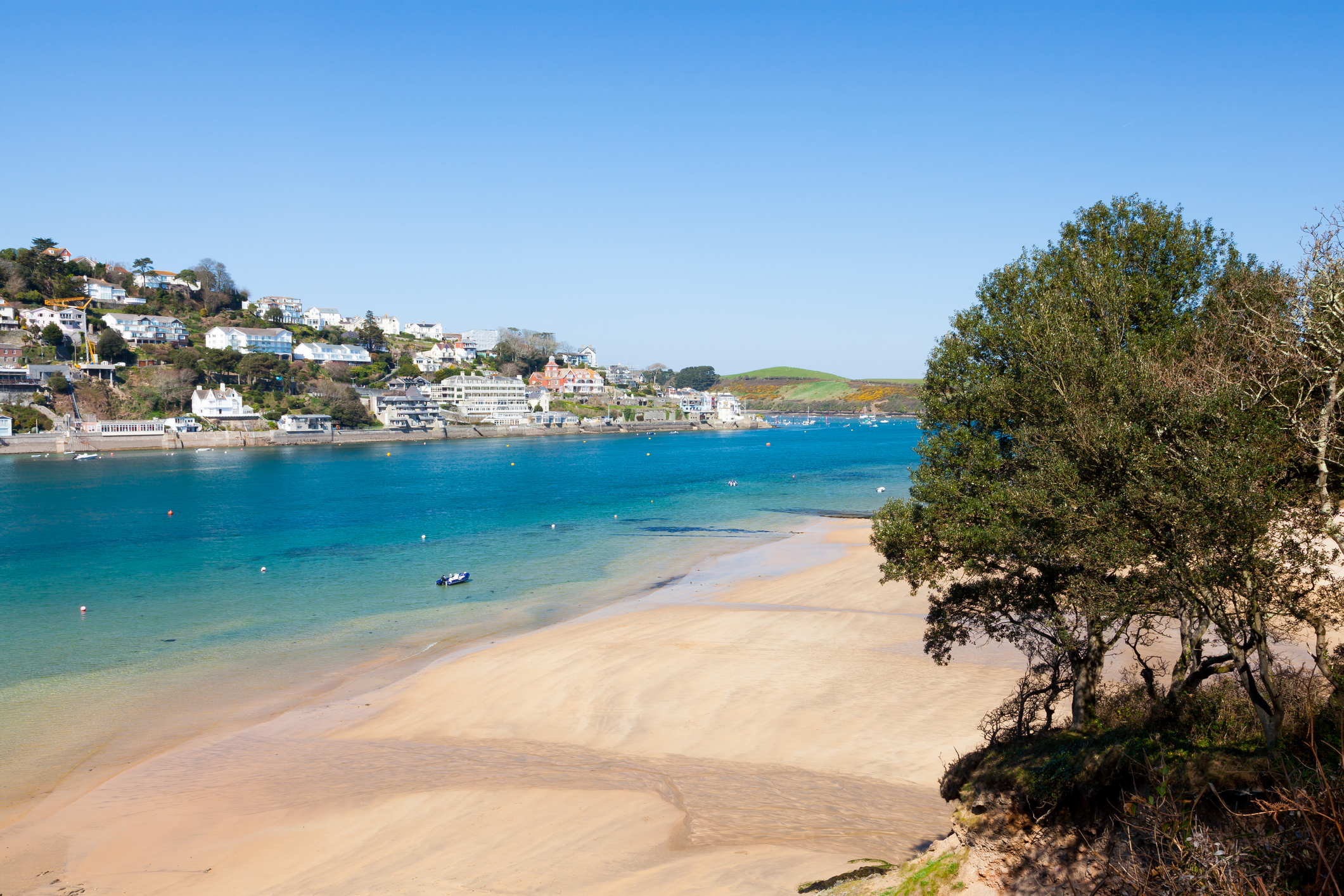

Hugging the banks of the picturesque Kingsbridge Estuary in Devon, Salcombe certainly boasts a plum spot.
The pretty coastal town is well-known for its sailing, stunning coastal views and…swanky real estate. I, for one, remember its astronomical cafe prices.
It’ll come as no surprise to many people that Salcombe has been named the priciest place in Britain to buy a coastal home, despite values dropping 22% since 2022. Average property prices in Salcombe now stand at £970,657, according to Lloyds Bank.
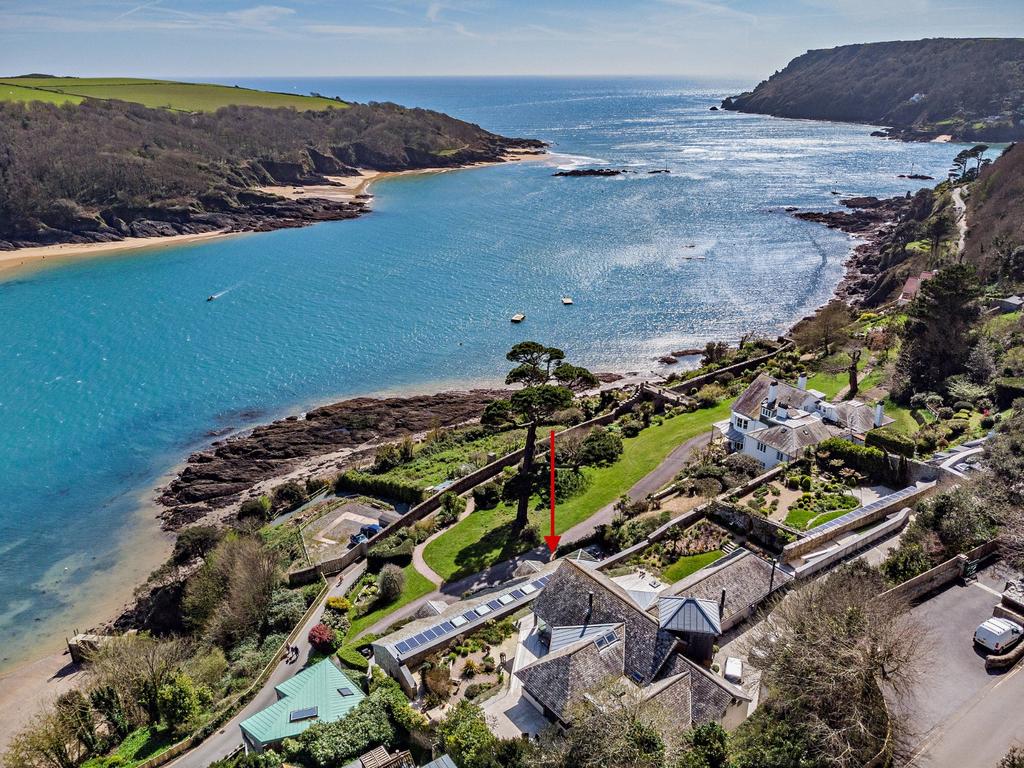
Salcombe has form in this ranking, regularly being crowned the most expensive coastal location over the last decade.
It attracts an A-list crowd, with the likes of Rod Stewart, Gordon Ramsay, Mary Berry, and Vernon Kay and Tess Daly, all spotted in the area, reports DevonLive.
Now there’s not much geographical spread when it comes to Lloyds Bank’s top 10. Almost all the most expensive coastal towns are located in the south west. The only exception is Lymington in Hampshire but even that hotspot is in the same neck of the woods, broadly-speaking. At least Aldeburgh in Suffolk provided a little geographical diversity in last year's ranking.
Sandbanks, home to celebs such as Harry Redknapp, comes in second place. Properties in the Dorset peninsula have an average price tag of £957,739. It’s followed by Padstow in Cornwall, where a home will typically set you back £701,979.
Sign up for the Country Life Newsletter
Exquisite houses, the beauty of Nature, and how to get the most from your life, straight to your inbox.
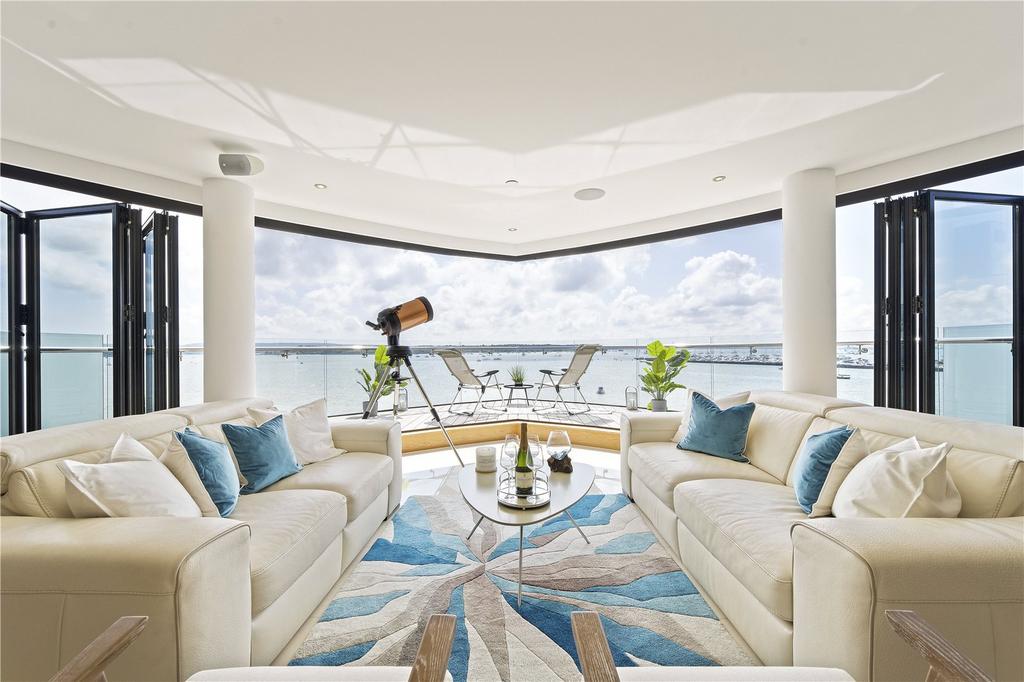
Lyme Regis in Dorset and St Ives in Cornwall have both made it into the top 10 this year, with average prices of more than £500,000 in both hotspots.
While exclusive coastal pockets like these may draw in celebs and second home owners aplenty, they also attract criticism for pricing out locals.
Tackling the rather thorny subject, Amanda Bryden, Head of Mortgages, Lloyds Bank, says: ‘These pricier areas can result in a lack of affordable homes for first-time buyers, a problem often exacerbated by high levels of second home ownership, meaning that many who have grown up in the area may find themselves priced out of owning their own home locally.’
The most affordable coastal locations
But enough of the glitzy spots, where can you get more bang for your buck? You need to head north to Scotland for all 10 of the least expensive areas to buy a seaside home. Top of the ranking is Rothesay on the Isle of Bute, where homes cost just £101,477. A fraction of the price of a property in Salcombe.
It’s followed by Greenock in Renfrewshire (£107,111) and Girvan in Ayrshire (£107,349). In fact, all but one of the coastal towns (Fraserburgh, Aberdeenshire) are on Scotland’s west coast.
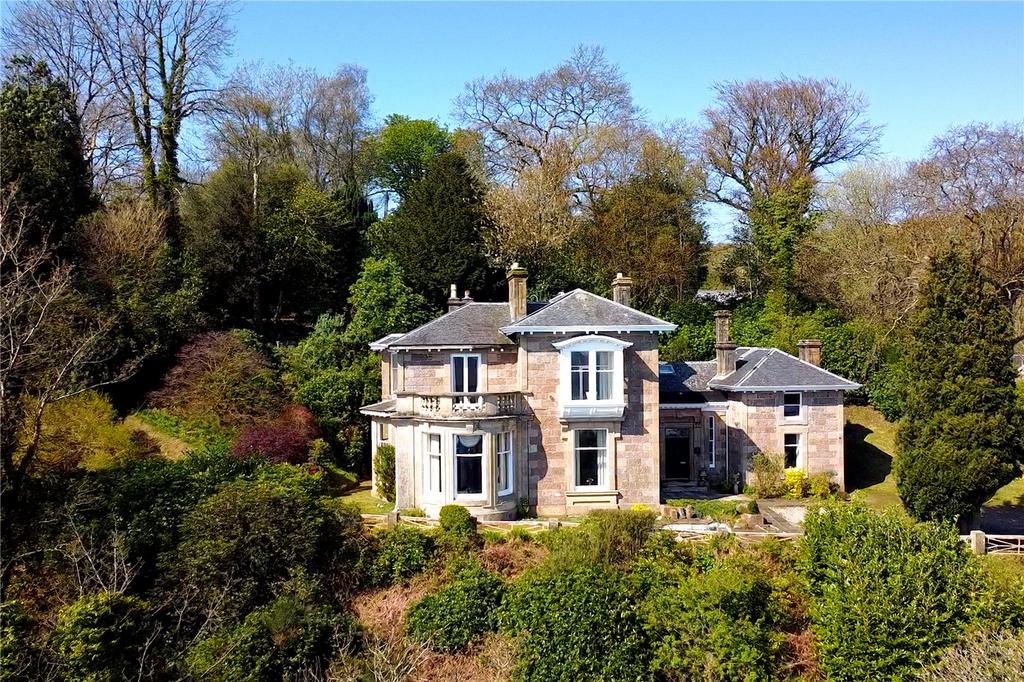
The seaside spots that have seen the biggest price rises
The average price of a coastal home is now £293,710. That’s 4% lower than in 2022, but 48% higher than 10 years ago, says Lloyds Bank. And some coastal homeowners are sitting very pretty off the back of increasing house prices during the past decade.
Fashionable Margate in Kent tops the charts when it comes to the biggest price rises in coastal locations since 2013, with average values jumping 104% to £309,049. It’s followed by Amlwch in Wales (up 100%), Menai Bridge in Wales (up 93%) and Ramsgate in Kent (up 91%).
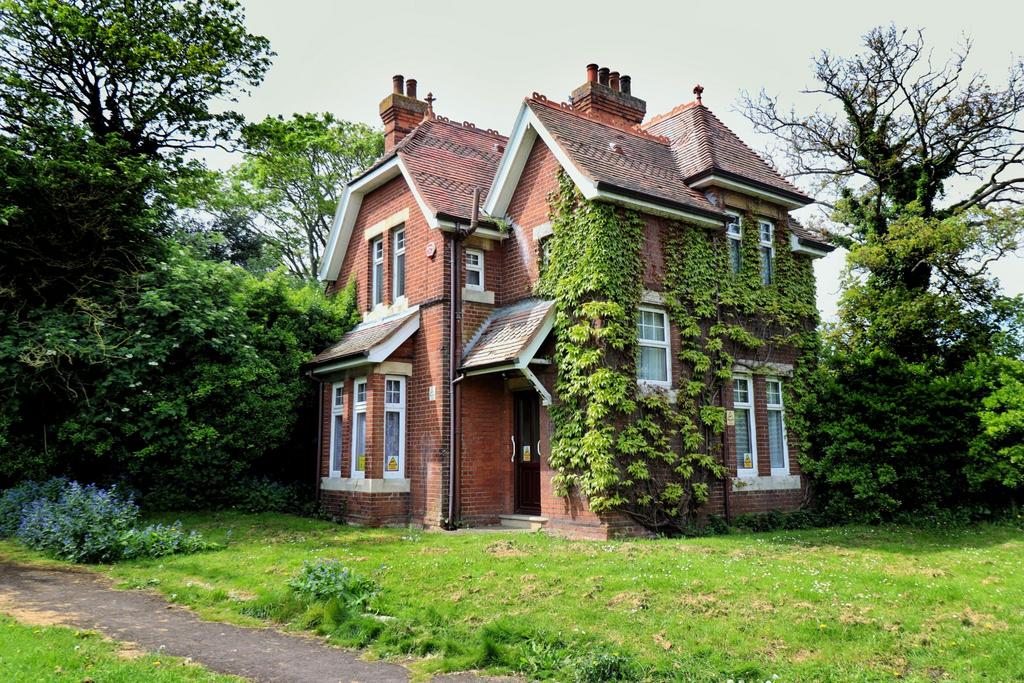
Lest we thought all seaside towns are picture-perfect, Bryden points out ‘that in some coastal areas around Britain, the idyllic image of a seaside resort doesn't apply’.
She explains: ‘Indeed there are specific socio-economic factors, often as a result of changing tourism habits, or the decline of other local industries, which can lead to higher levels of deprivation.’
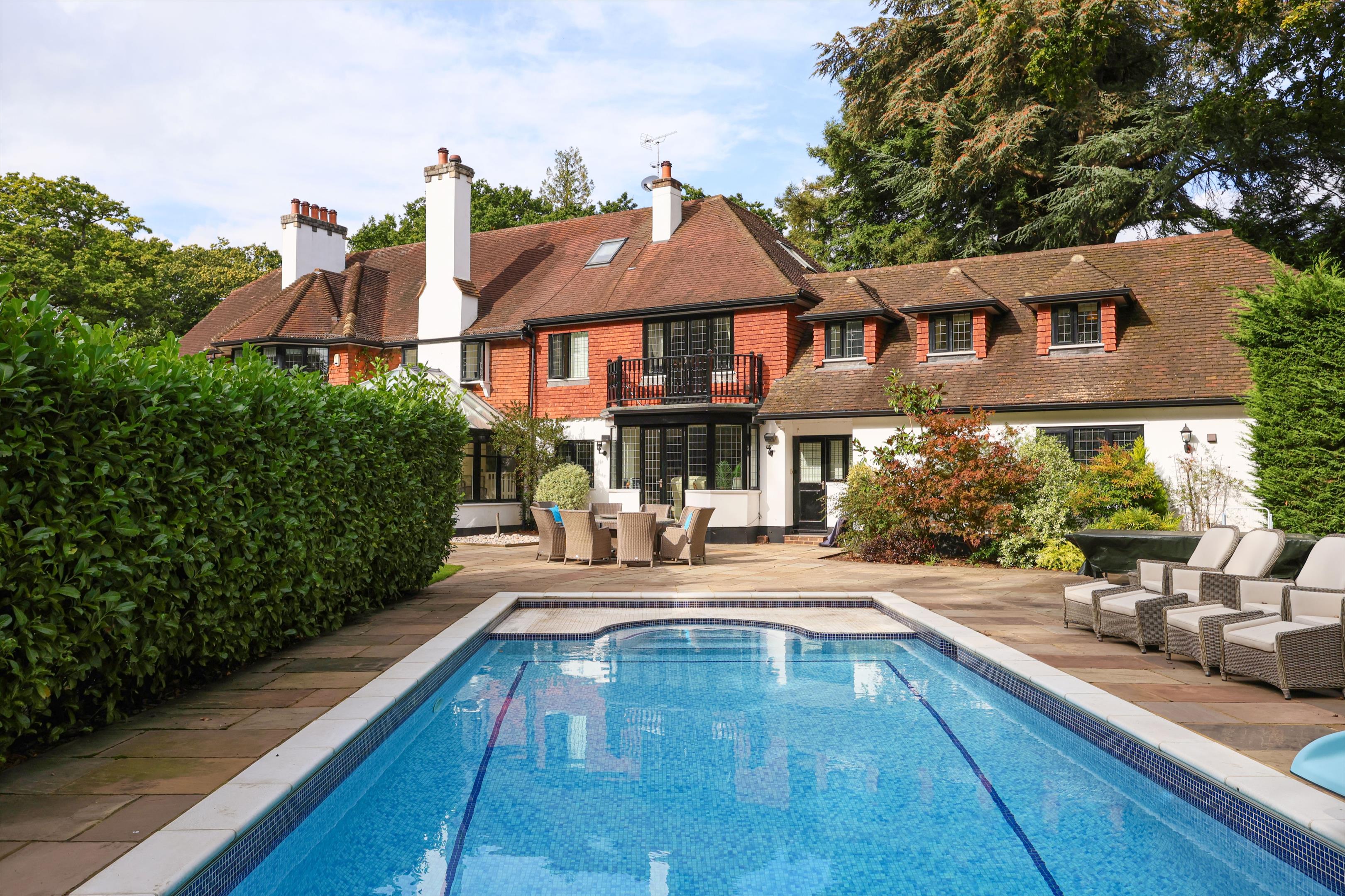
Britain's most expensive street outside London, where homes average £2.6 million — and a bare plot is up for sale at £5.5m
Old Avenue in leafy Weybridge, Surrey, tops the list of the most expensive streets to buy a home outside the
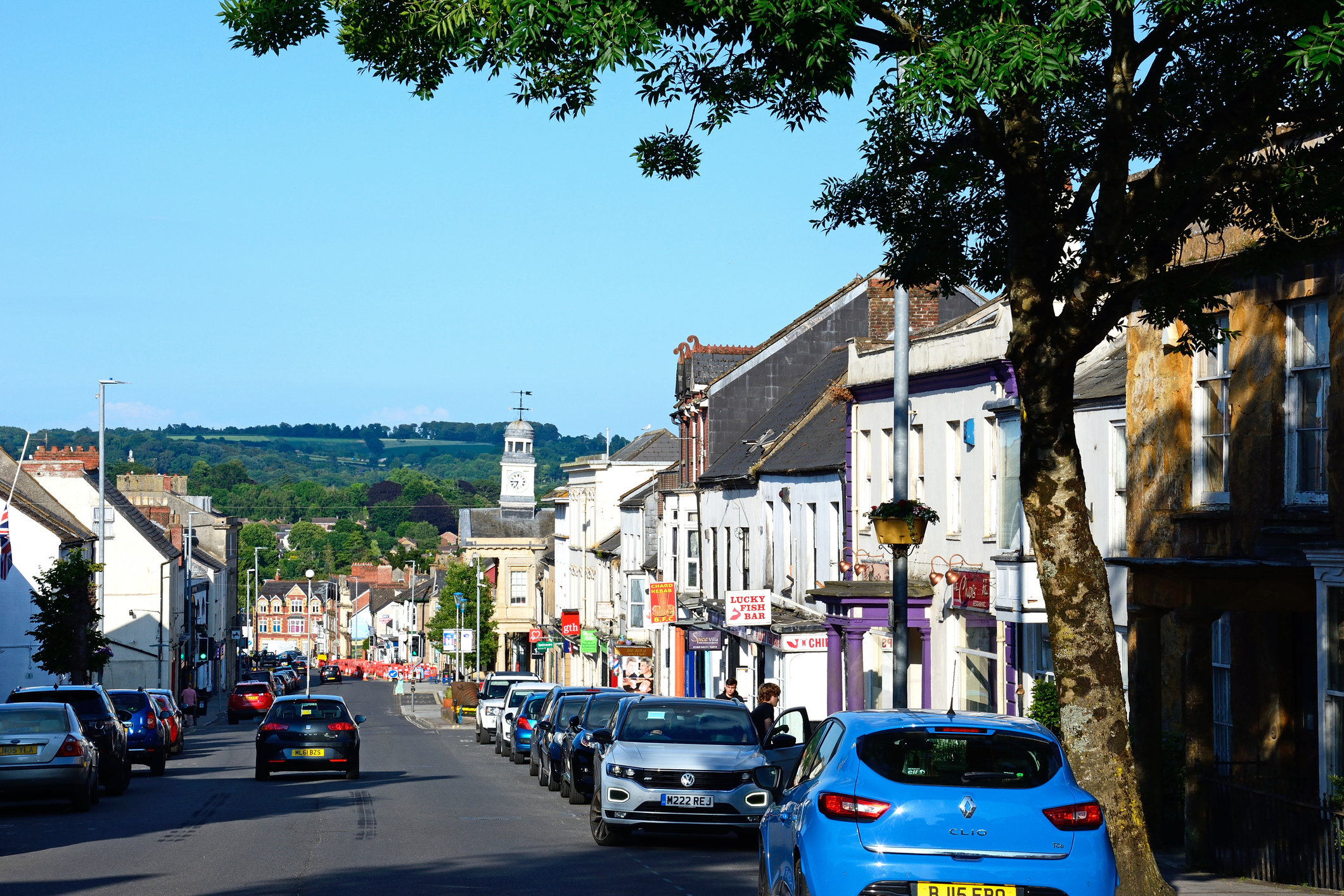
The property hotspots where house sales have more than doubled since this time last year
The new property hotspot, the house names that command the highest prices, and how the appeal of Grade Listed homes

Why do we all love waterside homes?
Rivers, lakes, canals and the sea act as magnets for buyers. Annabel Dixon explores why ‘water always bucks the trend’.
-
 The loos of Buckingham Palace: Country Life Quiz of the Day, April 23, 2025
The loos of Buckingham Palace: Country Life Quiz of the Day, April 23, 2025Wednesday's Quiz of the Day looks at St George, royal toilets and German alcohol laws.
By Toby Keel Published
-
 Moore Design
Moore DesignMoore Design is a boutique interior design practice with clients around the UK and overseas.
By Country Life Published
-
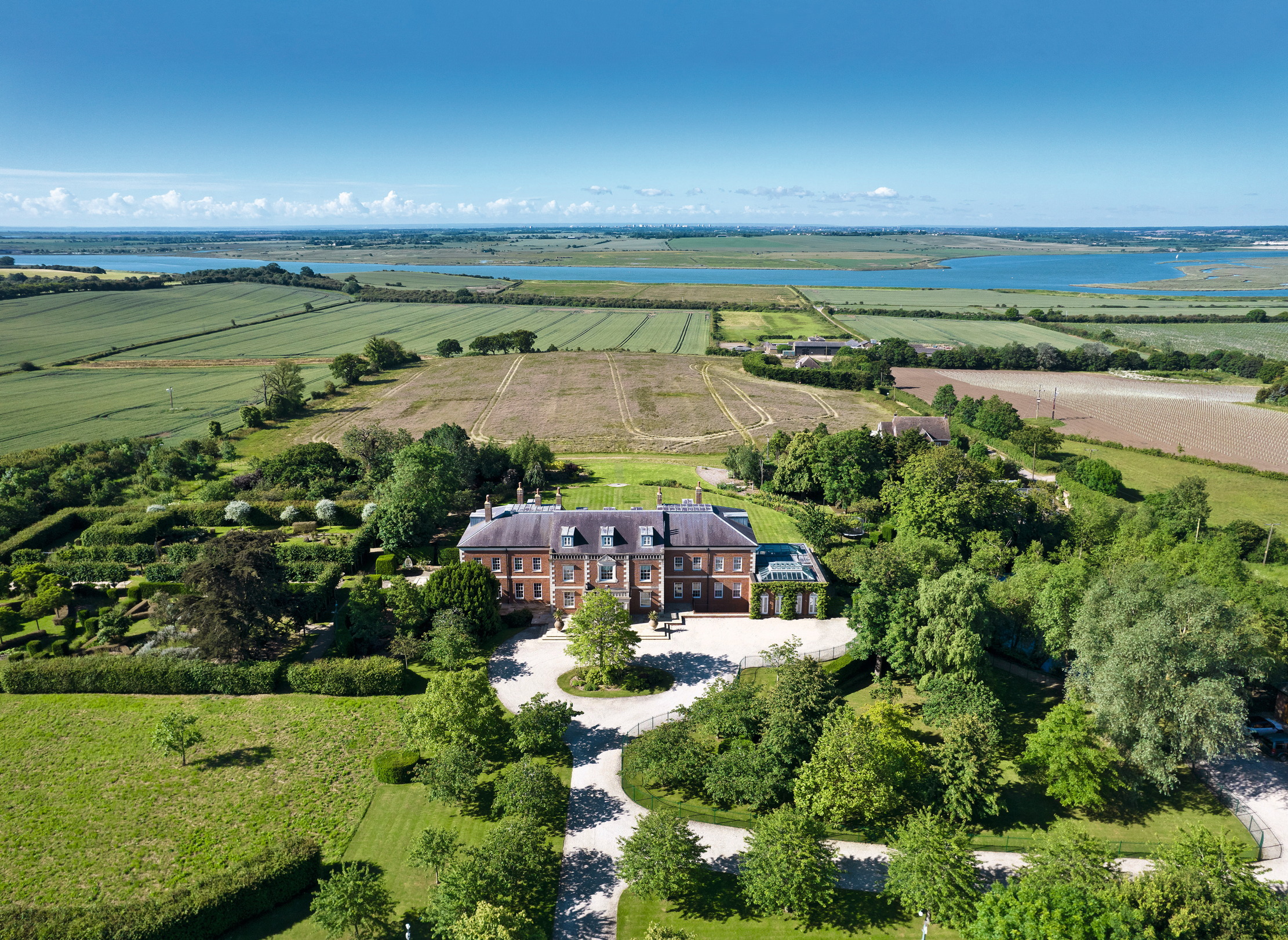 A 327-acre estate in the heart of 'England’s Côte d’Or', with a 26,000sq ft Georgian style home at its heart
A 327-acre estate in the heart of 'England’s Côte d’Or', with a 26,000sq ft Georgian style home at its heartStokes Hall in the Crouch Valley is an inspiring property looking for a new owner.
By Penny Churchill Published
-
 Schreiber House, 'the most significant London townhouse of the second half of the 20th century', is up for sale
Schreiber House, 'the most significant London townhouse of the second half of the 20th century', is up for saleThe five-bedroom Modernist masterpiece sits on the edge of Hampstead Heath.
By Lotte Brundle Published
-
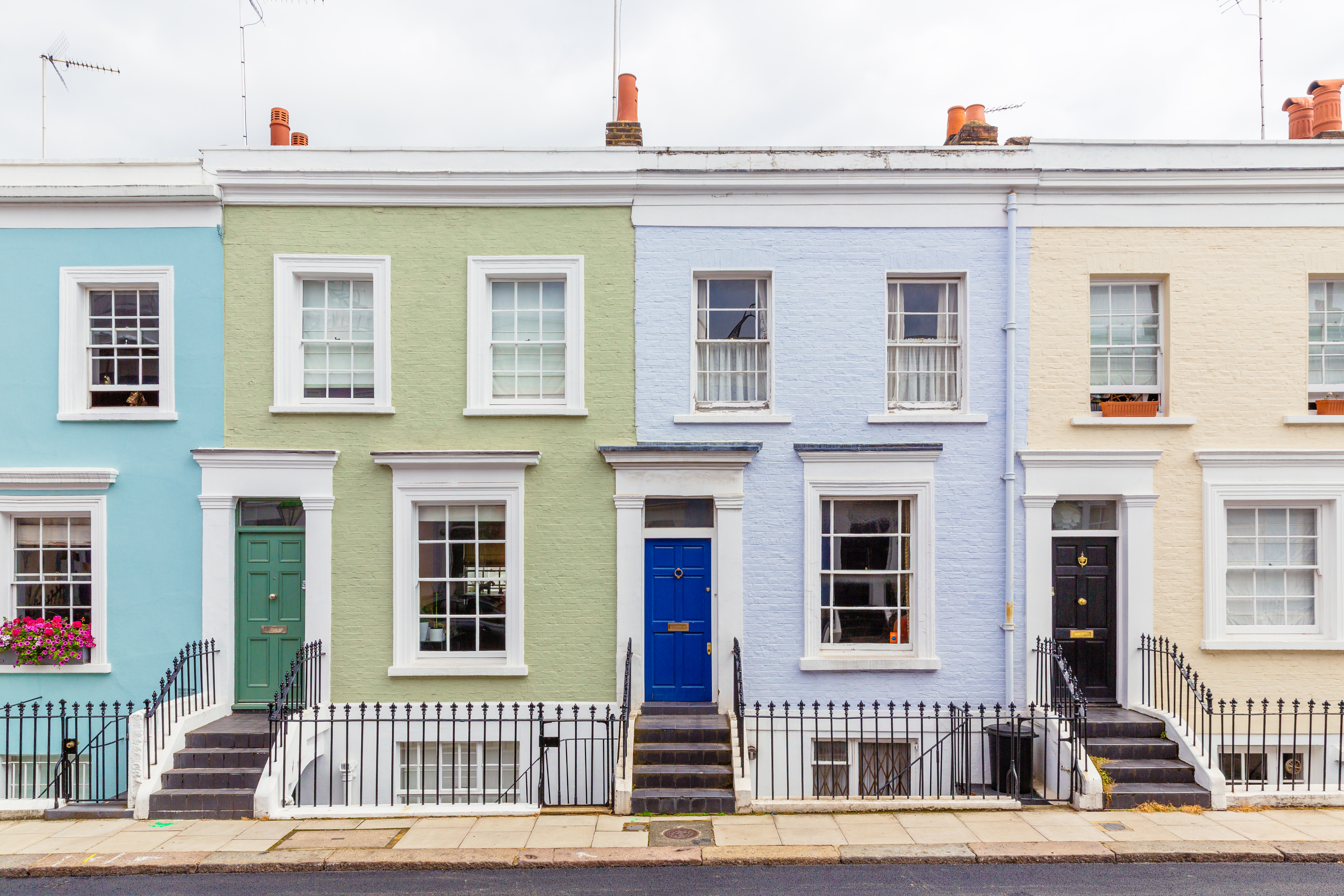 Is the 'race for space' officially over?
Is the 'race for space' officially over?During the lockdowns, many thought the countryside was the place to be. It seems many are now changing their minds.
By Annabel Dixon Last updated
-
 What's a 'wellness village' and will it tempt you back into the office?
What's a 'wellness village' and will it tempt you back into the office?The team behind London's first mixed-use ‘wellness village’ says it has the magic formula for tempting workers back into offices.
By Annunciata Elwes Published
-
 A mini estate in Kent that's so lovely it once featured in Simon Schama's 'History of Britain'
A mini estate in Kent that's so lovely it once featured in Simon Schama's 'History of Britain'The Paper Mill estate is a picture-postcard in the Garden of England.
By Penny Churchill Published
-
 Hidden excellence in a £7.5 million north London home
Hidden excellence in a £7.5 million north London homeBehind the traditional façades of Provost Road, you will find something very special.
By James Fisher Published
-
 Sip tea and laugh at your neighbours in this seaside Norfolk home with a watchtower
Sip tea and laugh at your neighbours in this seaside Norfolk home with a watchtowerOn Cliff Hill in Gorleston, one home is taller than all the others. It could be yours.
By James Fisher Published
-
 A Grecian masterpiece that might be one of the nation's finest homes comes up for sale in Kent
A Grecian masterpiece that might be one of the nation's finest homes comes up for sale in KentGrade I-listed Holwood House sits in 40 acres of private parkland just 15 miles from central London. It is spectacular.
By Penny Churchill Published
